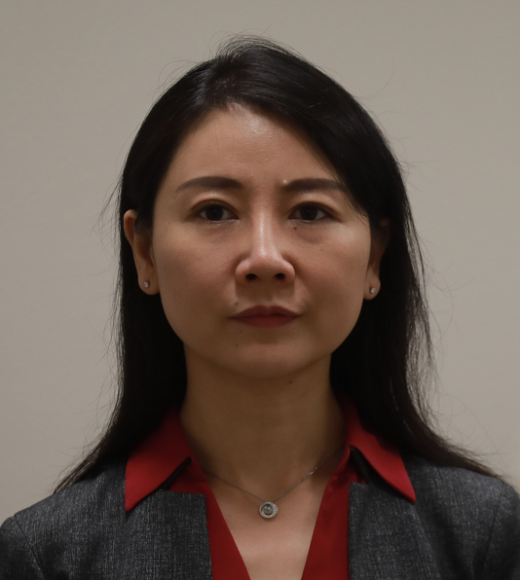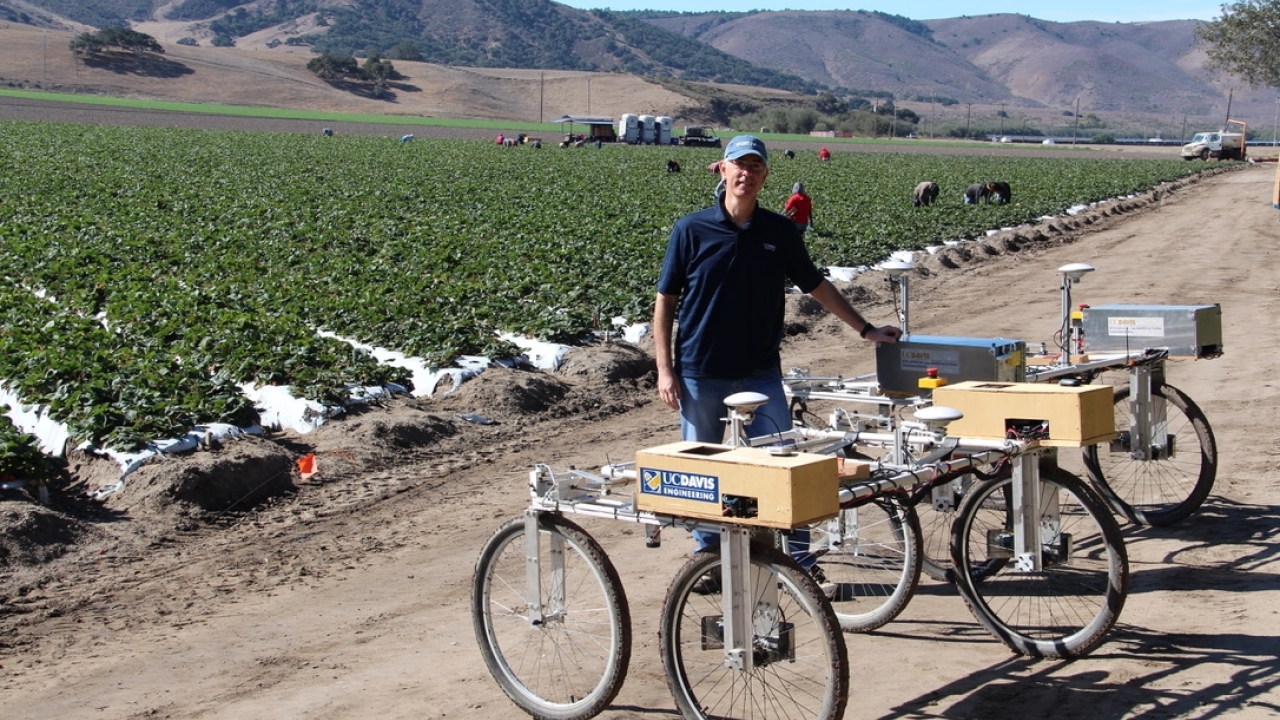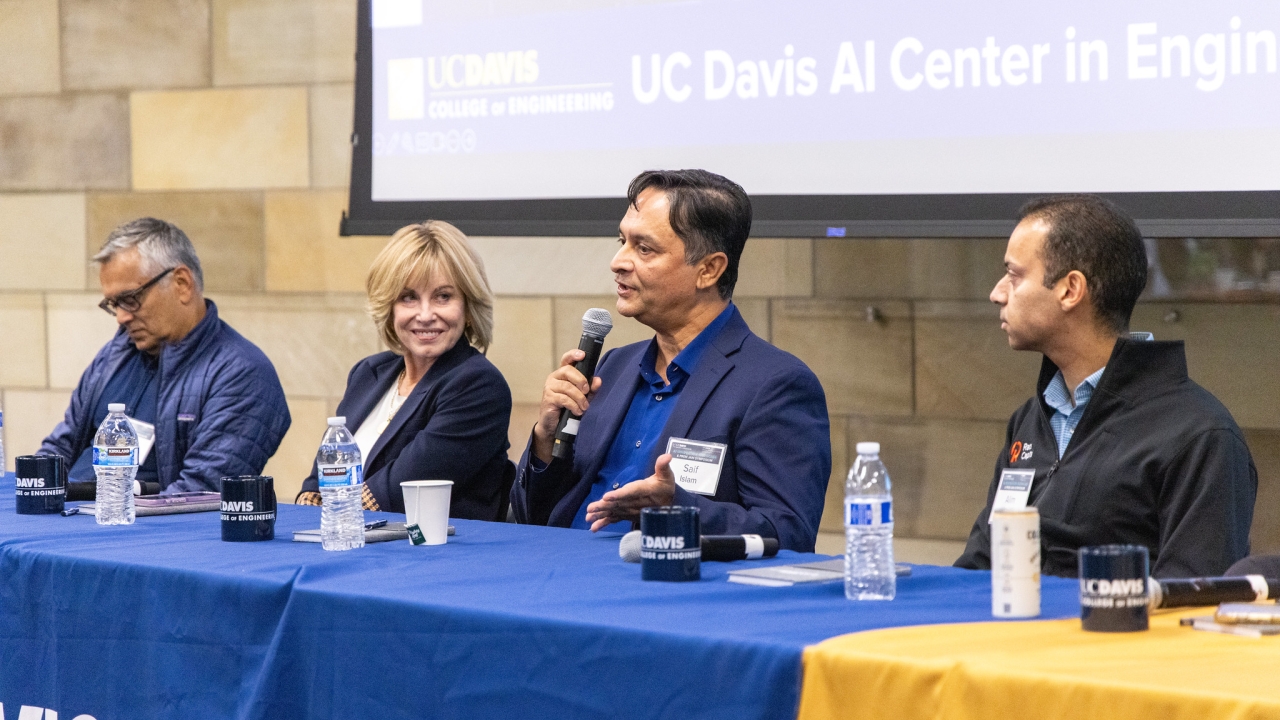UC Davis Electrical and Computer Engineering Professors Announced as Members of Two JUMP 2.0 Centers
Distinguished Professor S. J. Ben Yoo and Professor Q. Jane Gu in the UC Davis Department of Electrical and Computer Engineering were announced as members of the Joint University Microelectronics Program 2.0, or JUMP 2.0, an effort led by a collaboration between the Defense Advanced Research Projects Agency and Semiconductor Research Corporation.
Seven United States university research centers have been established with the goal of accelerating advances in information and communications technologies. JUMP 2.0 will encourage interdisciplinary teams of academics to pursue high-risk, high-payoff research spanning seven critical technology themes, per DARPA.


Yoo is a co-principal investigator in the $32.7 million, Pennsylvania State-led Center for Heterogeneous Integration of Micro Electronics Systems, or CHIMES.
“The focus of CHIMES is to advance heterogenous integration, the efficient and effective integration and packaging of semiconductor devices, chips and other components,” said Yoo, who will focus on 3D electronic-photonic integration, photonic-electronic-interposers and THz-RF-Photonic communications. “Our new 3D heterogeneous integration of nanoscale photonics and electronics can bring orders of magnitude improvements in energy efficiency and throughput, while enabling new capabilities not available before."
Gu is a co-principal investigator in the $28.2 million, Georgia Tech-led CogniSense: Center on Cognitive Multispectral Sensors.
“The focus of CogniSense is to develop cognitive multi-spectral and multi-modal sensors with advanced energy-efficient sensor hardware and feature extraction algorithms for high energy efficiency,” said Gu, who is pursuing ultra-high resolution sub-THz/THz passive imaging systems with significantly enhanced range and time responses. “Inspired by biology, our new sensor system, based on advanced multi-modal sensors and feature extraction algorithms, will use ‘attention’ to always extract the most useful information from the environment with as little data processing and energy as possible.”
DARPA describes JUMP 2.0 as a critical part of its Electronics Resurgence Initiative and “seeks to significantly improve performance, efficiency, and capabilities across a range of electronics systems.” JUMP 2.0 builds off an earlier iteration of another SRC-led collaboration that was formed in 2018 to support university research centers focused on keeping the United States at the forefront of microelectronics innovation.




